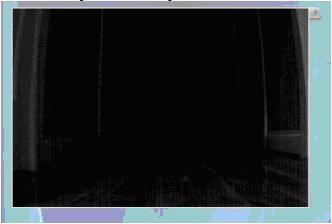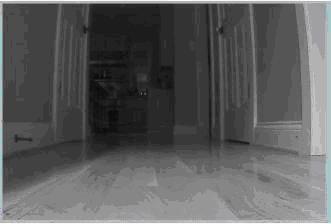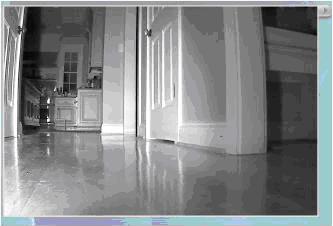Introduction
In Homeland Security video surveillance installations, many of the requirements involve outdoor surveillance, where surveillance under low-light/no-light conditions is a necessity. In this connection, an earlier Tech. Brief (January 2010) – Low-Light And No-Light Surveillance – Options And Cautions – discussed the optical principles and the technologies that go into enabling low-light/no-light video surveillance.
Standard optical Day/Night video surveillance cameras deliver good image quality both during day and during low-light conditions: colour images during the day and black/white images when the illumination drops below a certain lux level. The quality of images during low-light conditions can be significantly improved through the use of an IR-Illuminator and a mechanical IR-cut filter switch.
This brief looks at how the mechanical IR-cut filter switch (also called ICR) feature, in a camera, can refine image quality during low-light conditions.
IR-Cut filters and ICR
A camera sensor is sensitive to both the visible portion of the electromagnetic spectrum and the Near Infra-Red (NIR) portion of the spectrum.

Electromagnetic Spectrum
This feature allows the sensor to form images even under low illumination conditions that a human eye would find difficult to do. However, this sensitivity to the NIR segment of the spectrum results in distorted colours during daylight illumination; therefore, the camera sensor requires an NIR filter (or IR-Cut filter) to be placed between it and the lens, during the day. At night or during low-light conditions, the NIR filter becomes an impediment, in the formation of good quality images, and therefore needs to be removed.
The ICR (IR-Cut filter Removable) is an apparatus that is placed between the camera sensor and the lens, and allows the IR-Cut filter to be placed or removed from the front of the sensor, depending on the illumination level. The ICR is a mechanical shutter, typically powered by a motor, with NIR filter and plain glass panes.
The visuals (below) of an image at night, with and without the NIR filter, shows the dramatic difference in quality an ICR can make.

Camera with IR-Cut filter without IR-Illuminator (Image courtesy Smartvue Corp.)

Camera without IR-Cut filter and IR-Illuminator (Image courtesy Smartvue Corp.)

Camera without IR-Cut filter and IR-Illuminator

Camera without IR-Cut filter, with IR-Illuminator (Image courtesy Smartvue Corp.)
Conclusion
Any use-case involving outdoor installations and low-light/no-light surveillance will benefit from the ICR feature on a camera. The applications can range from traffic control/management to city surveillance.
Mistral offers a range of IP surveillance cameras for Day/Night surveillance. The Mistral IP surveillance cameras feature a WDR (Wide Dynamic Range) sensor, which ensures consistently high-quality images across high-contrast lighting situations. And with support for ICR, these cameras offer the best quality of images in the most video-unfriendly lighting conditions.



